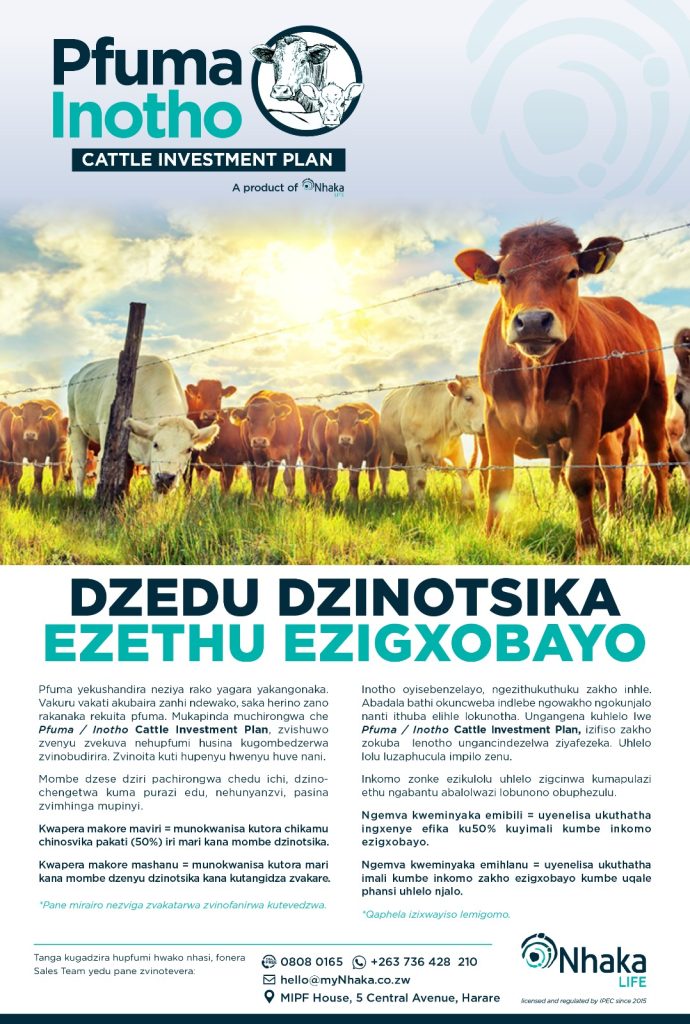By ETimes
Listed financial First Capital Bank (FCB) released its 2022 full year financials where it recorded increased deposits in the year from across all sectors of the economy.
The bank saw a 66 percent growth in deposits as they moved from $56,4 billion in 2021 to $93,5 billion at the end of 2022. This largely drove the total balance sheet increase by 55 percent from $104 billion on December 31, 2021 to close at $160,8 billion on December 31, 2022.
FCB commercial director, Mutemwa Ushewokunze said the increase in deposits also reflects on the increase in customer count which was experienced during the year.
Trade and service sector continued to dominate the banks’ deposits as it accounted for 28 percent of the total deposits, which was however lower than the 33 percent it accounted for in 2021.
Such a percentage reflects the company’s move to prioritize exporters in their loan disbursements which are now mainly dominated by USD loans.
Individuals and both light and heavy industry came second and third respectively as they accounted for 25 percent and 22 percent of deposits in 2022.
FCB alluded that it started seeing an increase in foreign currency deposits since the start stop on lending in the second quarter of 2022 as customers were trying to hedge themselves from policy inconsistency despite high transactional costs.
Ushewokunze added that, “I think naturally when you have a policy speed bump, the inclination is for the economy to dollarise, what we have experienced since the ban of lending started and was lifted was an increase in USD deposits and we expect the trend to continue in 2023.”
Additionally, the financial services provider has had a strong loan book in the past 12 to 18 months and seems to be inclined to industry and agriculture funding, which the bank thinks are the backbone of production and should be a priority for development.
From $24,6 billion at the end of 2021 to $45,3 billion on December 31, 2022, loans to customers increased by 85 percent.
This is reflective of an increase in credit appetite which, for many borrowers, was constrained by reduced absorption capacity when interest rates were reviewed upwards. The loans to deposit ratio increased marginally from 44 percent in 2021 to 48 percent in 2022.
Since last year, policymakers have maintained a tough monetary regime to bring some stability to the economy.
“For the banking sector local currency asset creation slowed down considerably as borrowers reassessed their operations in relation to the new cost model. At the same time an increase in the demand for US$ denominated products also became evident,” group chairman Patrick Devenish said.
The bank’s commercial director said their bias is very developmental and they believe that if they solve the first part of the value addition puzzle it becomes easier to solve the second part which is the value addition itself and exporting.
“For us it is a mix between those that produce for the domestic market and those that produce for the export market because critically, export proceeds are a value for us as an organization but very important for the country in general,” Ushewokunze explained.
As a result of that the bank pays a lot of attention towards providing facilities in the primary agriculture spaces.
The company reported a 40,2 percent increase in net operating income as a result of a 48 percent increase in client count and increased loan issuances.
This highlighted the rise in interest and other sources of revenue. In response to inflationary pressures, operating costs increased by 37 percent, and the impact on the bottom line was made worse by financial losses sustained over the time period.
Analysts Morgan and Company through their research note believe that USD loans amid a high interest rate environment will continue to drive interest income for FCB. “The rise in US interest rates and a growing loan book is likely to drive income for the bank despite expected election-related disturbances,” the research note said.
According to Morgan and Company, most transactions in Zimbabwe’s formal channels continue to be facilitated by banks, and we opine that FCB will continue to generate material non-funded income from its estimated depositors’ funds – Harare

Advertisement



